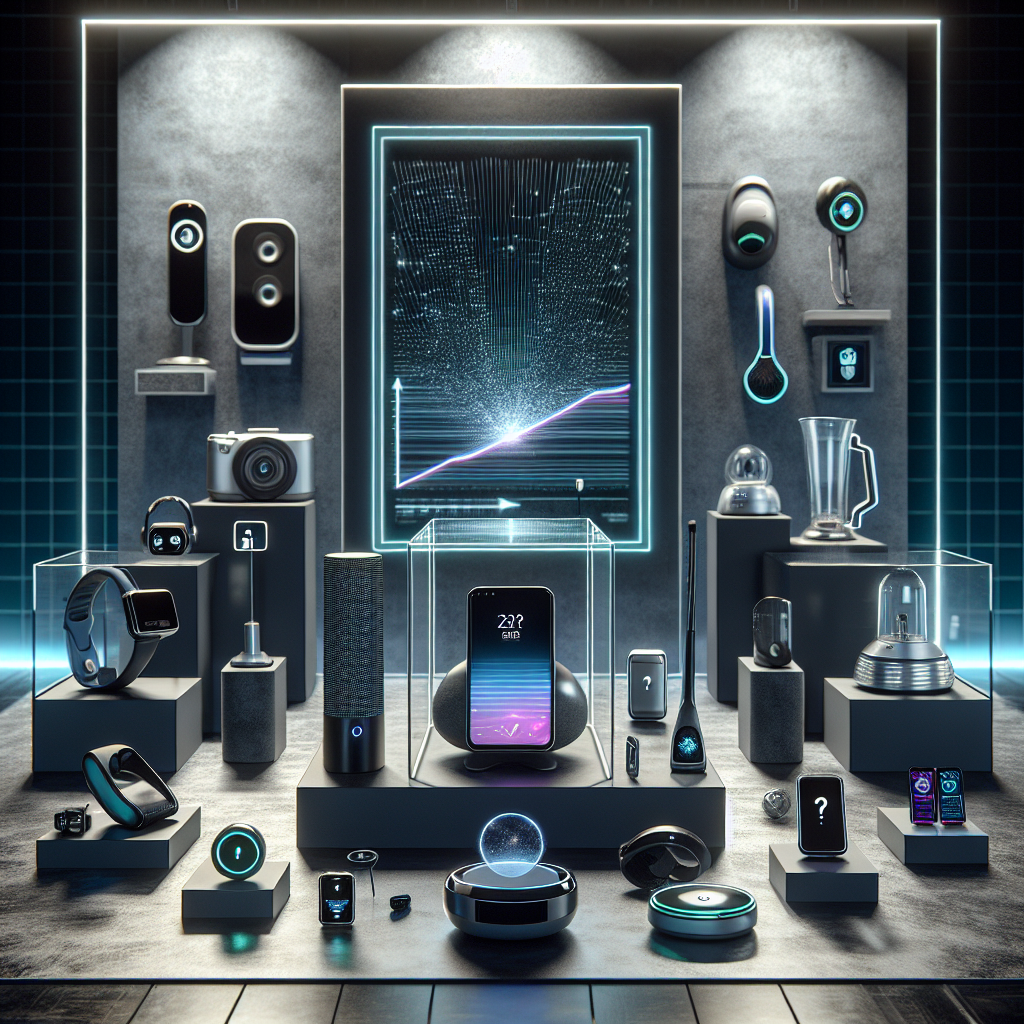AI Gadgets: Where’s the Revolution? Hype Meets Reality
It feels like just yesterday we were promised flying cars and robot butlers powered by artificial intelligence. Yet, when you look around your home or office, the latest AI gadgets often fall into two camps: half-baked demos or niche tools. Where’s the revolution? And why isn’t every device on our shelf smarter than we are?
The Hype Cycle and the Reality of AI Gadgets
The tech industry moves fast, launching prototype after prototype under the banner of “AI.” Headlines shout about breakthroughs in machine learning, computer vision, and voice assistants. But most of these innovations stay in the lab or emerge as expensive, underwhelming consumer products. In many cases, the hype outruns the hardware’s real-world usefulness.
Early Promises of Smart Devices
Remember the wave of smart cameras, smart speakers, and even smart toasters? Each promised seamless, hands-free convenience. Voice assistants would manage our calendar, smart ovens would cook dinner perfectly, and doorbells would recognize familiar faces. We were sold on the idea that AI in every gadget would save time, make life easier, and maybe even add a little magic.
Why Many AI Gadgets Fell Short
There are a few reasons modern AI gadgets haven’t quite hit their stride:
- Data quality: AI needs large, well-labeled datasets. Many home gadgets operate in noisy, unpredictable environments where training data is limited.
- Compute constraints: Running deep learning on a power-efficient device is hard. Most AI models still rely on cloud servers, introducing latency and privacy concerns.
- User experience: A smart device that misunderstands a command once is often labeled “too dumb.” Consumers expect near-perfect accuracy.
Despite these challenges, some products break through the clutter. Let’s look at gadgets that truly leverage AI and why they succeed.
AI Gadgets That Deliver Today
Not all promises are empty. Several devices prove that practical, reliable AI integration is possible:
- Robot vacuums that map your home and learn obstacles as they clean.
- Smart thermostats that adjust heating and cooling based on your daily habits.
- Wearable health trackers using AI to detect signs of irregular heartbeats (Forbes).
- Language translation earbuds providing near real-time interpretation in multiple languages.
These gadgets share common traits: they focus on one core function, collect high-quality data, and refine their performance over time. Instead of trying to be all things to all people, they perfect a single task.
Developing AI Gadgets: Key Challenges
Building a successful AI device requires more than just a flashy algorithm. Engineers must balance hardware, software, and user needs:
- Sensor selection. Choosing cameras, microphones, and other inputs that produce reliable signals is critical.
- Edge computing vs. cloud. Deciding which tasks run locally and which run remotely affects speed and privacy.
- Battery life. Powerful AI chips consume energy, so designers must optimize for low power without sacrificing accuracy.
- Security and updates. AI gadgets need regular improvements. A robust update mechanism keeps models fresh and safe.
If you’re a developer building your first AI-enabled product, you’ll want to lean on proven workflows. For example, check out our guide on VS Code installation to set up your coding environment quickly.
What to Expect Next in AI Hardware
Research labs are already experimenting with on-device AI accelerators and neuromorphic chips. These specialized processors aim to run AI models at a fraction of the power. When they hit scale, we can expect gadgets that are:
- More autonomous, operating without constant cloud connectivity.
- Faster to respond, with ultra-low latency on decisions.
- Better at protecting data, since sensitive processing stays local.
Early demos show smart cameras that detect unusual behavior in real time, and hearing aids that selectively amplify speech while filtering out noise. These breakthroughs hint at a future where most of the “magic” calculation happens on the device itself.
Bridging the Gap: Practical Tips for Buyers
If you’re in the market for an AI gadget, it pays to be selective. Keep these pointers in mind:
- Focus on use case. Choose devices that excel at one or two features rather than a long list of half-baked functions.
- Check update policy. A device that receives regular software and model updates will stay relevant longer.
- Read real-world reviews. Early adopters often share their experiences on forums and product pages.
- Evaluate privacy. If the gadget streams video or audio to the cloud, verify the company’s data handling practices.
Also, if you’re curious about best practices for building robust software, dive into best programming practices on our site. And for those exploring AI-powered search, our deep dive on uses of DeepSeek shows how to find the right data quickly.
External Resources for Further Reading
- Statista: AI Device Shipment Forecast
- The Verge: The Rise and Stall of AI Wearables
- Wired: Inside the AI Chip Revolution
Conclusion
So, AI gadgets may not have unleashed a full-blown revolution yet, but meaningful progress is underway. Focused devices—robot vacuums, smart thermostats, health wearables—are already delivering on the promise of AI. As hardware evolves and on-device processing improves, the next generation of gadgets will feel truly transformative.
In the meantime, stay informed, choose devices that prioritize real value, and keep an eye on emerging technologies. The revolution might not be everywhere today, but it’s coming—and it could reshape our daily lives sooner than you think.






